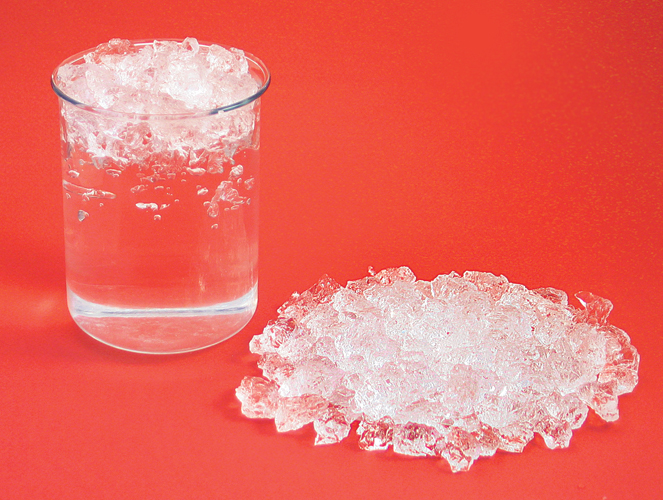- Joined
- Dec 29, 2007
- Messages
- 4,954
- Reaction score
- 3,134
jsteurrys requested this bullet be tested. It was shot through carpet, plywood, water jugs, and into a phone book. Range was 25 yard. Load was 80g Blackhorn.
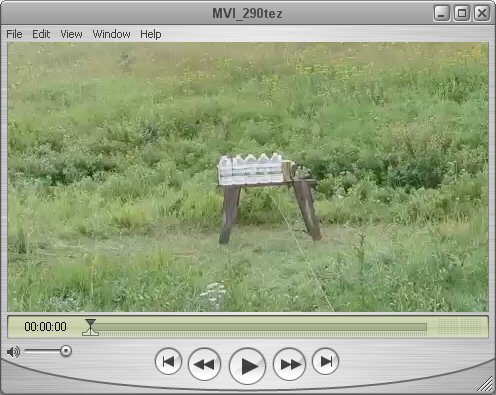
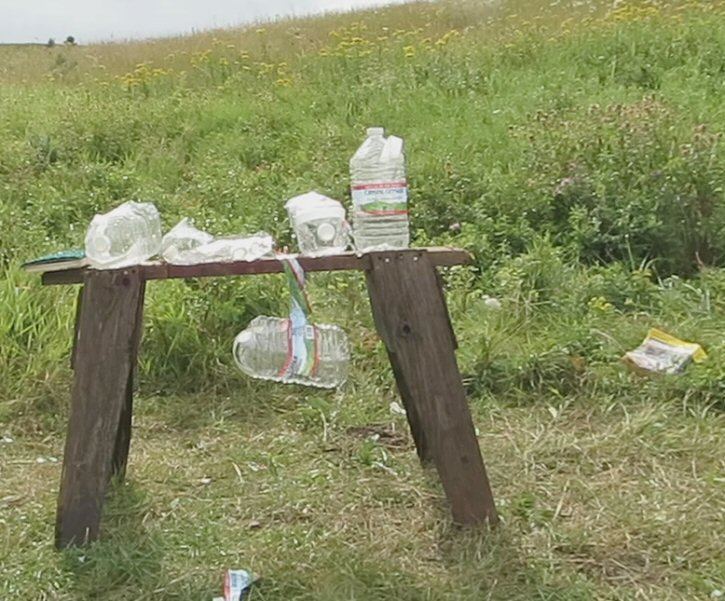
The photo shows the jugs in order as when they were smucked. First jug has a big tear, second jug was flattened, and jugs 3 & 4 have small tears around the entry/exit holes. The fifth jug has holes in and out, and the bullet penetrated near half way into the phone book, and was found on the ground where the book is sitting in the photo.

The bullet didn't expand much; it weighs 287 grain.
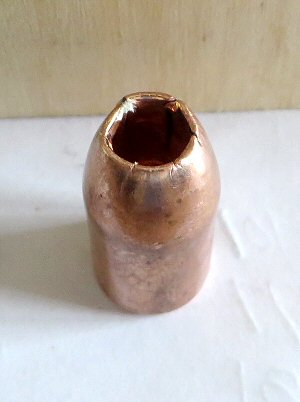
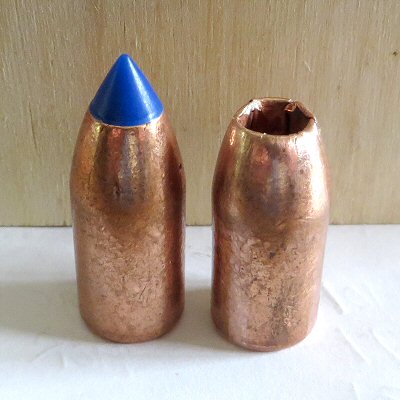


The photo shows the jugs in order as when they were smucked. First jug has a big tear, second jug was flattened, and jugs 3 & 4 have small tears around the entry/exit holes. The fifth jug has holes in and out, and the bullet penetrated near half way into the phone book, and was found on the ground where the book is sitting in the photo.

The bullet didn't expand much; it weighs 287 grain.








